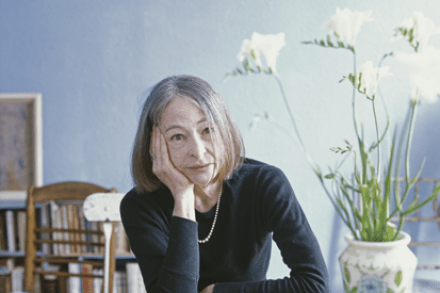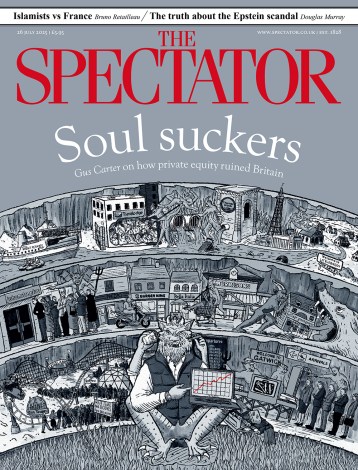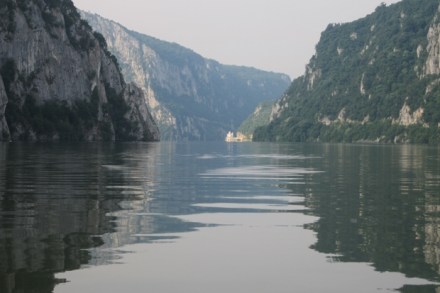Breakdowns, suicide attempts — and four great novels
Among the clever young Australians who came over here in the 1960s to find themselves and make their mark, a number, as we all know, never went back. A few became household names — Germaine Greer, Barry Humphries, Clive James — and British cultural life owes them a great deal. Madeleine St John, the novelist and semi-reclusive eccentric who smoked herself to an early death in London in 2006, was one of them; but although eventually she made a minor literary reputation for herself, writing four novels in her middle age of which the third, The Essence of the Thing, made the Booker shortlist in 1997, she has remained largely




















